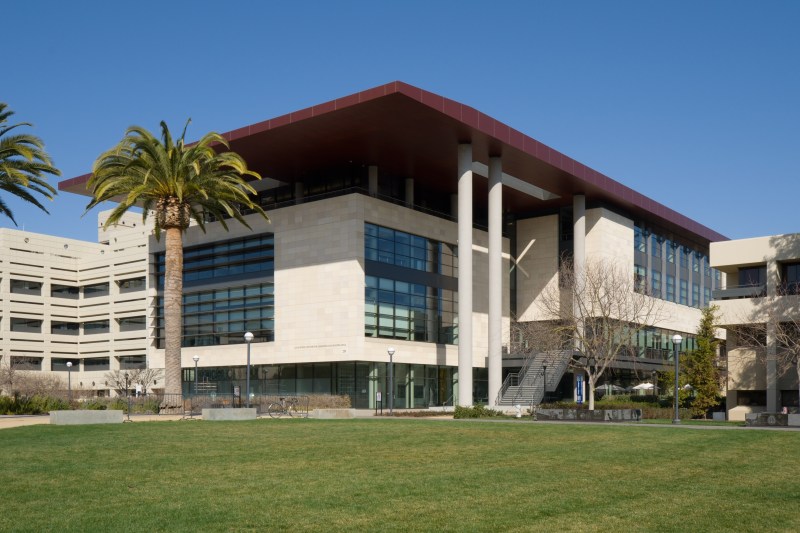For the past couple of decades, there has been alarming growth in physician, scientist and engineer shortages in the U.S. Alongside shortages, there is a lack of diversity in these fields, as they mainly consist of white males and non-people-of-color (POC). The COVID-19 pandemic has further exposed the longstanding flaws of the country’s medical and science systems, worsening the shortages and diversity of physicians, scientists and engineers. It has revealed that the next generation of scholars and professionals must be prepared and educated in an array of subjects reaching beyond the basic sciences and mathematics. By implementing diversified learning and increasing opportunities for early exposure in science, research and medicine to Black, Indigenous, People of Color (BIPOC) and First-Generation, Low-Income students, the U.S. and its medical institutions can effectively cultivate a diverse generation of capable professionals.
In the past, the field of scientific research has maintained a culture of exclusivity, barring entry to those who are BIPOC and FLI. This is due to many factors, including inadequate allocations of resources towards education, scarce extracurricular opportunities and lack of support. Consequently, this has largely closed the realm of research to BIPOC/FLI students, many of whom encompass diverse perspectives and bring representation to the field in regards to issues such as racial disparities and implicit medical bias. Breaking down barriers and providing early exposure opportunities for underrepresented minorities (URM) will allow a unique cohort of students to foster greater interest and plant an early seed of curiosity in science, research and medicine, which can blossom as the students further their academic journey. The fascinations gained from professional exposure will further push students to seek opportunities for further training and formal involvement. This may come in forms of undergraduate research, internships and volunteering.
I was a part of the Summer Academic Research Experience (SARE) at the Johns Hopkins University School of Medicine, an educational program focused on recruiting minorities and low-income students and introducing them to biomedical research. This program entailed a multifaceted approach to exposing URM students to STEM education, including laboratory experience, mentoring, academic support, networking and professional development. This program gave students a chance to become fascinated by science as well as professional opportunities in science. 92% of SARE scholars have enrolled in a 4-year institution, and 59% of them enter college with plans of pursuing STEM. Extending programs such as SARE will help increase diversity within STEM as universities introduce more students of varying backgrounds to those fields. Universities such as Stanford and many others should think about how they can extend resources and opportunities to their BIPOC and FLI communities. High school programs at Stanford consist mainly of white and non-BIPOC/FLI students, and this can be greatly extended to the communities of underrepresented scholars.
The work does not stop at extending early exposure educational programs — the implementation of diversified learning across disciplines is also critical. For example, most of the pre-med requirements in schools do not include humanities courses or do not include enough of them. Classes such as sociology and anthropology are pivotal in establishing the roots of social determinants and influences that affect healthcare and science. Other classes such as ethnic studies and history are crucial in developing a deep understanding of and empathy for how different demographics (BIPOC) are disproportionately affected by crises and the history of such influence. These humanities courses shed light on the social context of science and medicine that is critical for future professionals to develop better ideals, interactions and assessment. With this pandemic disproportionately affecting communities of BIPOC, breeding a generation that is educated and aware of the varying issues that take place in different communities will be essential. Institutional support for science, medicine, research and holistic education will in turn introduce more diverse students into those fields and in the long run generate more professionals of varying backgrounds, which is very beneficial. Such a shift can make its way even to the “gatekeepers” for future generations of scientific and medicinal scholars: faculties, professors, future admissions officers and more. As Dr. Fauci said during the fireside chat with Stanford School of Medicine Dean Lloyd Minor, “you don’t really want a lot of white guys in suits like me, going into a mostly minority community… You’ve got to get people that the community trusts.” Those of underrepresented backgrounds are gifted with the ability to understand the fears, concerns and priorities of minority patients, fostering stronger connections and overall encapsulating a more efficient and diverse network.
Contact Thinzar Htwe at tsonia20 ‘at’ stanford.edu.
The Daily is committed to publishing a diversity of op-eds and letters to the editor. We’d love to hear your thoughts. Email letters to the editor to eic ‘at’ stanforddaily.com and op-ed submissions to opinions ‘at’ stanforddaily.com.
